-
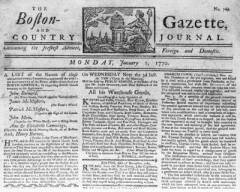 Caleb Phillips advertises correspondence education in shorthand in the Boston Gazette
Caleb Phillips advertises correspondence education in shorthand in the Boston Gazette -
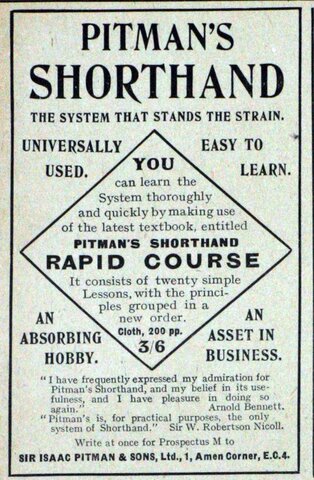 Isaac Pitman (the "pioneer of distance education") starts teaching shorthand by correspondence in Bath, England.
Isaac Pitman (the "pioneer of distance education") starts teaching shorthand by correspondence in Bath, England. -
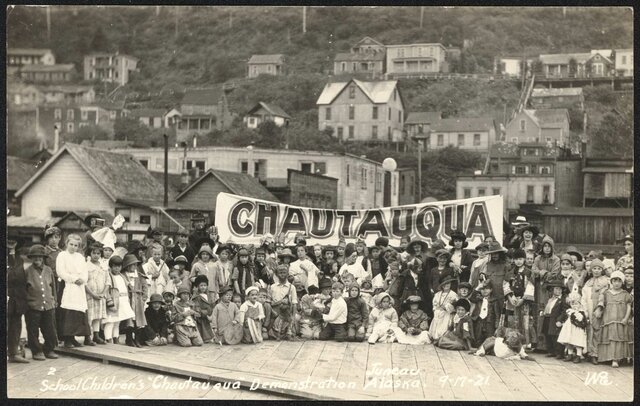 Lewis Miller and John Heyl Vincent begin summer correspondence training program for Sunday school teachers
Lewis Miller and John Heyl Vincent begin summer correspondence training program for Sunday school teachers -
 University of Wisconsin professors begin WHA, the first federally licensed educational radio station
University of Wisconsin professors begin WHA, the first federally licensed educational radio station -
 The Ohio School for the Air begins at the Ohio State Department of Education, the first of such programs in the nation.
The Ohio School for the Air begins at the Ohio State Department of Education, the first of such programs in the nation. -
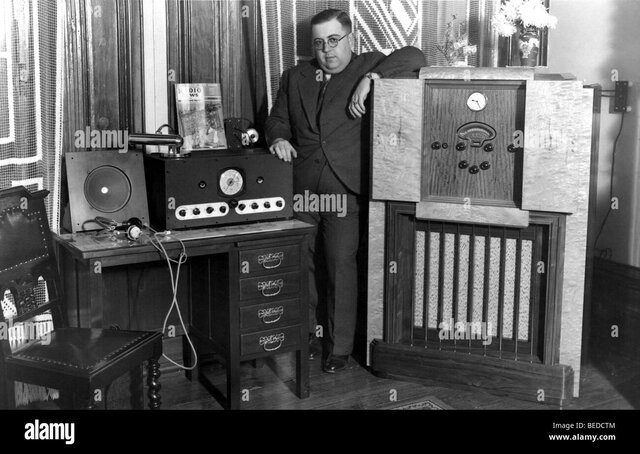 The National Committee on Education by Radio (NCER) formed in Washington, D.C. to regulate and support education delivered by radio.
The National Committee on Education by Radio (NCER) formed in Washington, D.C. to regulate and support education delivered by radio. -
 The University of Iowa pioneers the use of television broadcasting for education with its weekly lecture series.
The University of Iowa pioneers the use of television broadcasting for education with its weekly lecture series. -
 The Public Broadcasting Act of 1967 establishes the Corporation for Public Broadcasting (CPB), which helps to promote the use of television for educational purposes.
The Public Broadcasting Act of 1967 establishes the Corporation for Public Broadcasting (CPB), which helps to promote the use of television for educational purposes. -
 The use of computer-based training for new employees gains popularity in U.S. companies.
The use of computer-based training for new employees gains popularity in U.S. companies. -
 The University of Phoenix begins by using CompuServe (a precursor to the World Wild Web).
The University of Phoenix begins by using CompuServe (a precursor to the World Wild Web). -
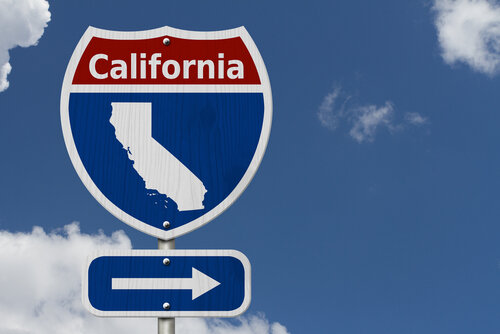 The California Virtual University, comprising nearly 100 universities and colleges in California, opens, offering nearly 1,600 online courses.
The California Virtual University, comprising nearly 100 universities and colleges in California, opens, offering nearly 1,600 online courses. -
 By 2006, 89% of U.S. Public Universities Offer Online Courses. Source:
By 2006, 89% of U.S. Public Universities Offer Online Courses. Source:
Gensler, Lauren. “From Correspondence Courses To MOOCs: The Highlights Of Distance Learning Over The Ages.” Forbes. Forbes Magazine, 12 Feb. 2014. Web -
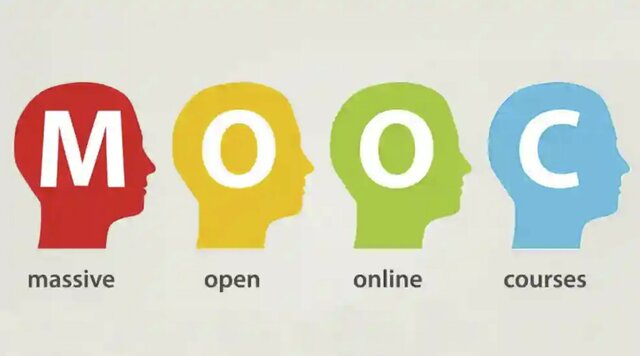 Elite universities (e.g., Standford, MIT, and Harvard) compete for students in massive open online courses (MOOCs), free non-credit courses. Source:
Elite universities (e.g., Standford, MIT, and Harvard) compete for students in massive open online courses (MOOCs), free non-credit courses. Source:
Gensler, Lauren. “From Correspondence Courses To MOOCs: The Highlights Of Distance Learning Over The Ages.” Forbes. Forbes Magazine, 12 Feb. 2014. Web -
 As universities, businesses, and schools are forced to work online during the Covid-19 pandemic, rapid investment in infrastructure and distance collaboration platforms take online learning ahead by strides.
As universities, businesses, and schools are forced to work online during the Covid-19 pandemic, rapid investment in infrastructure and distance collaboration platforms take online learning ahead by strides.
